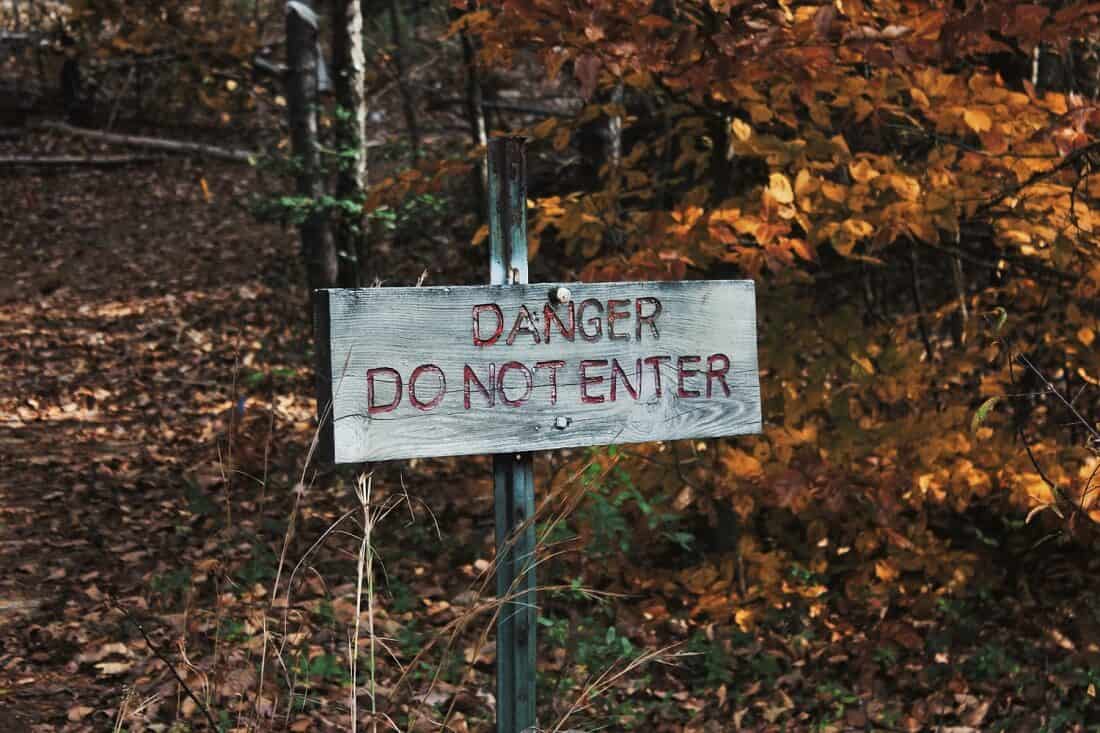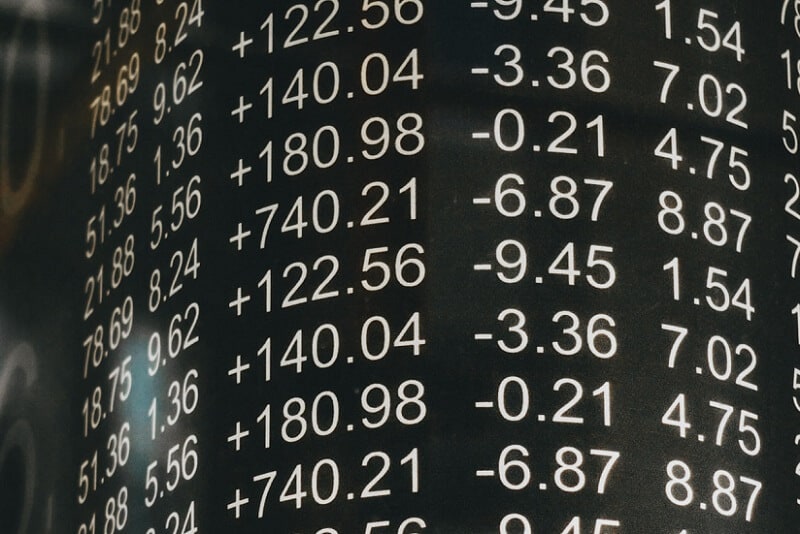
If you want to become a successful trader you will do what is obvious, you’ll start keeping a trading journal. That will give you a lot of benefits.
The importance of a trading journal isn’t arguable. A trading journal is helpful for every trader to track trades. Using a trading journal is one of the essential components for trading success. Even the most successful traders understand the importance of a trading journal and use it all the time.
But still, some traders don’t understand the importance of the trading journal and use it inefficiently. The reason for doing so is quite hard to understand because using a trading journal is a great tool. Without it, you will not be able to execute your trades with higher efficiency. The importance of a trading journal is obvious if you know what kind of important data it can provide you. It could show you the info about what were the market conditions and you went through them, where you were panicked and wrong or had successful trades and under which conditions. Another importance of using a trading journal is that it can give you a clue for your future trading strategy since you have recorded your prior strategies.
Keeping a trading journal is an exceptional strategy to improve performance and grow confidence in trading. Success in trading doesn’t matter if it is stock, options, forex trading demands a high level of planning and discipline. If you want to be successful in trading, you’ll need to go through a full learning process. And here we come to the importance of a trading journal, one of the best tools that will guide you and help to optimize your trading system and can drive you towards profitable trades.
What is a trading journal?
As we said, a trading journal is one of the most powerful tools for trade management. It is the place where you have recorded all your trades and you can always check for better output and for future trades. By using a journal you can track development as a trader but also examine mistakes you made when you enter or exit your trades. Without it, you cannot act. It is your best base for better future executions.
The importance of a trading journal is that you have all data records ordered by the date with all trades that you ever take. You’ll have all entries, meaning every single trade ever taken. So, you’ll have a prompt overview of all trades you made, every entry and exit prices, the prices’ direction, the size of all your positions, all trade results. Of course, you can add to your trading journal all data you want and find they can be useful for your trading success.
Why keep a trading journal?
The same as it is important to have a trading strategy, one or several of them, risk management, it is also important to keep a trading journal as a part of your trading plan.
It is important to keep a quantifiable record of your trading performance and learn from past winnings and losers. However, past performance cannot predict future performance, but you can use a journal to learn from your trading history, to recognize the emotional actions, why did you or the price go against your strategy. So, your trading journal should include all your profitable trades, also unprofitable, market records, the reasons behind all your buying or selling the stock, and many other details.
At first glance, it looks very complicated and you may think it’s better to give up before even starting, but when you start it and recognize how beneficial it can be to keep a trading journal, you’ll stick with it throughout all your career.
What are the benefits?
Your trading journal is the most important statistic of your trades. It keeps tracking your progress and it is by far the best way to estimate how successful you are. By keeping a trading journal you’ll have valuable feedback on your performances but also, you’ll have the patterns that will provide you important and accurate information about what you did well and what you have to change.
As we mentioned above, it may seem like a complex work but in essence, a trading journal is a simple diary where you have to write down all your trades, the reasons behind them, and how it ended up.
We say the end is very important, we say it deliberately.
If you plan to become a successful trader, all ends are important and should find their places in your trading journal. Never add only the winning trades or ignore the losing ones. You’ll need a valuable tool that will provide you accurate feedback into your trading method. That’s the main goal of keeping a trading journal.
What traders do wrongly?
There are several major mistakes (more about “option trading” mistakes in this article) in keeping a trading journal. Some traders will just add the stocks they trade but forget to write down how the trade ended, did they have the winning or losing trades. That is a common mistake that leads to keeping a journal incorrectly. You have to know whether you executed your trades in profits or losses and you’ll need that information documented later to recognize the patterns.
Add to your journal what were your reasons before entry, where you placed the stop-loss, where was your target profit. Also, it is important to add how much risk you planned to take and write it down in money. The next step is to follow your own rules, right? That will show how you manage your trades.
But let us explain why it is so important to add market conditions to your journal. If you don’t, there will be a great possibility to continue trading out the market context. Moreover, you’ll not be able to seek new approaches and ideas of trading.
More detailed explanation
If you have data about market conditions added to your journal you’ll be able to recognize the markets with a high possibility for more aggressive trades. In case you aren’t that kind of trader, you’ll just stay away because you’ll know when not to be in the market. On the other hand, if you like that kind of trade you’ll be ready to take a risk.
Additionally, the trading journal will give you a great chance to monitor movements and risks, to recognize the strength and weaknesses in your portfolio. It will give a clear indication which stocks or other assets you trade well and which you don’t manage well. If you ignore this information you’ll not earn the money. It is more likely you’ll have consistent losses. What really you would like in such a case is to get your money back.
There is a difference between a bad trade and a bad stock and you have to realize that. Maybe the stock is quite good but you don’t trade it well.
The journal will show you which stocks you have to focus on.
What things to add to your trading journal?
The following are basics.
Add the stock price action before you enter the trade. It can be a one or two hours time frame. That will be the context in which you’ll open the position. Further, include a text note of your starting time to know if you enter the trade too early or too late. Also, why maybe you did miss some signals.
One thing is also important and it is smart to add it. Add, it can be a kind of reminder, what are the market circumstances that could force you to stay away from trading or you missed the trade. When such a circumstance occurs, write it. Write down that you didn’t trade because of the news, for example.
Write a note about the trends you saw. If you made a mistake, write it also. Do the same if you miss a trade or how many trades you made, make a note of it. Note how many winning or losing trades you had, calculate expressed in money how much you earned and loss, and write down the net result. But this method may have some disadvantages so it could be better if you, instead of money to use points for the futures, or cents for stocks, as well as pips for forex trades.
Bottom line
Keeping a trading journal makes a difference between amateur traders and professionals. Professionals understand the importance of a trading journal. You can count on a lot of benefits when you start keeping your trading journal. First of all, your whole comprehension of trading will be changed and you’ll get a better direction, of course. Moreover, you’ll be able to make progress from the very first day. You will have confidence and trust in your strategy and your skills when your journal backs you up with the statistics that verify that your strategy works.
These are only a few benefits of a trading journal. If you want to become a successful trader just use this number one tool for professional traders. That will improve your trading.


















